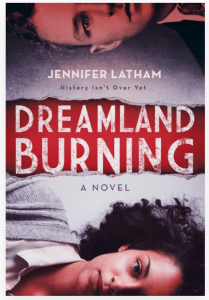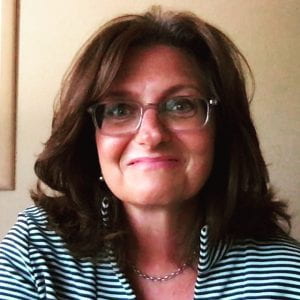


All across the United States this past year many people became aware of the Tulsa Race Massacre of 1921 for the first time. The attack on Greenwood in Tulsa, Oklahoma had been hushed and excluded from news, print, and histories. Finally, it bubbled to the surface in the age of information while across the country people had their eyes opened to current race relations due to videos and events around the United States that shook us time and again.
After a video coaching conversation with the team this summer, I felt inspired. All educators across the US are trying to figure out how to approach the difficult topic of race in America. In schools, we often push racism off on Nazi’s and never attempt to examine our own sordid past as a way to understand, heal and move forward.
These teachers have much to teach us. What you’ll see in the posts to come is that teaching about our glory days as well as or sordid past is not a choice, but our obligation. We have to expose the youth of today, our students, to the truths about our country’s history. Luckily, the tide is turning and we are not the only ones who believe this.
After nearly 100 years of sweeping a horrific race massacre under the carpet, Oklahoma has recently required that all high school students to learn about the historical record of the Tulsa Race Massacre of 1921.
This middle school team came to the workshop excited about the book Dreamland Burning. After an introduction to the novel by their school librarian, the teachers read the book and saw it employing powerful literary devices, strong characters that weaved past events into modern day that could make a powerful entree into a unit of study about a horrifying but important historical event in their state.
They were also eager to try using inquiry as a way their students could engage deeply to learn about these historical events and beyond. They sought to bridge the past with the present. They had a great desire to let their students open up to decide what knowing this means to a diverse group of middle school students in Oklahoma today. They found that Guided Inquiry was a great way to accomplish all of this and more.
The team of teacher and librarian came to the workshop because they saw the Guided Inquiry Design Process as a way to extend the learning from the novel into inquiry and research allowing the students to investigate their own perspectives and wonderings on the concept of assumptions. Using the Guided Inquiry Design framework, the team planned a unit that challenged students’ own assumptions about race relations as they built an inquiry community beginning with the novel.
And so begins our story.
In the coming days ahead, I’ll share perspectives from the different teachers and the librarian about what teaching the unit meant to them. I’ll share their unit plan so you can consider how to replicate this with your own students. I’ll share our journey of celebration and reflection on the work. I hope to conclude with a little about how they managed to do the unit again this year in the digital environment not letting the pandemic stop their powerful teaching and learning. (They are just finishing up the unit now.)
I hope you’ll join us and get inspired by the journey.
Thanks for reading and happy inquiring!

Dr. Leslie Maniotes
Author/Professional Developer for Guided Inquiry Design (R)
I can’t wait to read the upcoming blogs about this project!
Leslie,
I am Excited To see You connecting these dots more explicitly. I look forward to Reading!
Annie Jonas
Hi Annie!
Thanks for reading!
I’ll be posting about the unit all week and had a few more posts last week. you can use the calendar on the right to Navigate to the different posts.
love to catch up sometime.
Warm wishes,
Leslie
Leslie,
This blog post literally has me in tears. Our students have really dug deeply and real learning has engaged their minds, but seeing it described really gets to me. It is SO important. Thank you for sharing.
Carol,
Thank YOU for being so open with me about what you did and generously willing to share it. I cannot tell you how many times in my workshops, I go and then never hear how the learning went. Cherity kept in touch with me and updated me on what you were doing and how it was going. And then you were open to a reflection conversation this summer. And during the summer you all came to a meeting with me! Educators go above and beyond all the time. You all are amazing humans.
I am honored to continue to work with you all and share this. I have been completely inspired by what you have done using our model. Thank you for doing this work with kids and sharing with me and all of us.
I agree. This is important. This is the work of educating our kids today. My hope is, this will inspire others. March on! And thank you!
Leslie